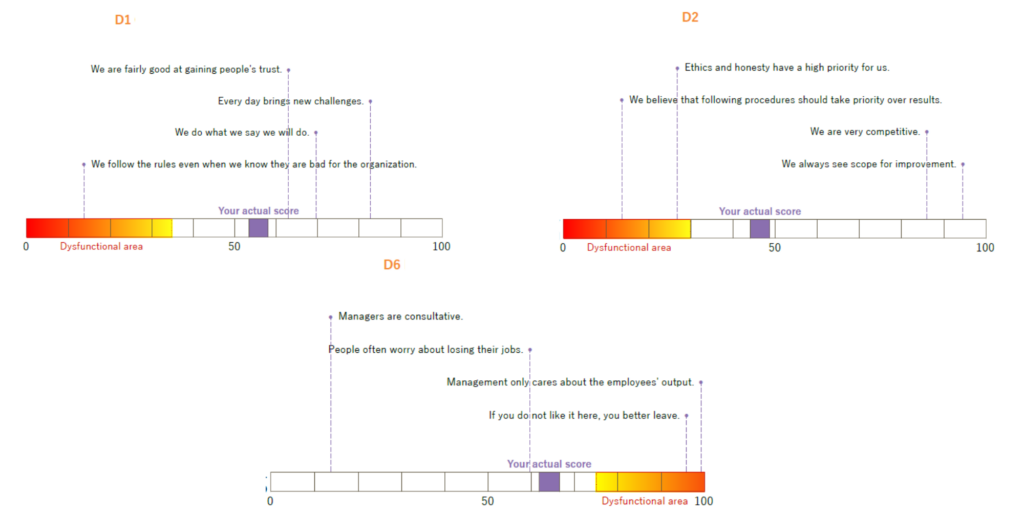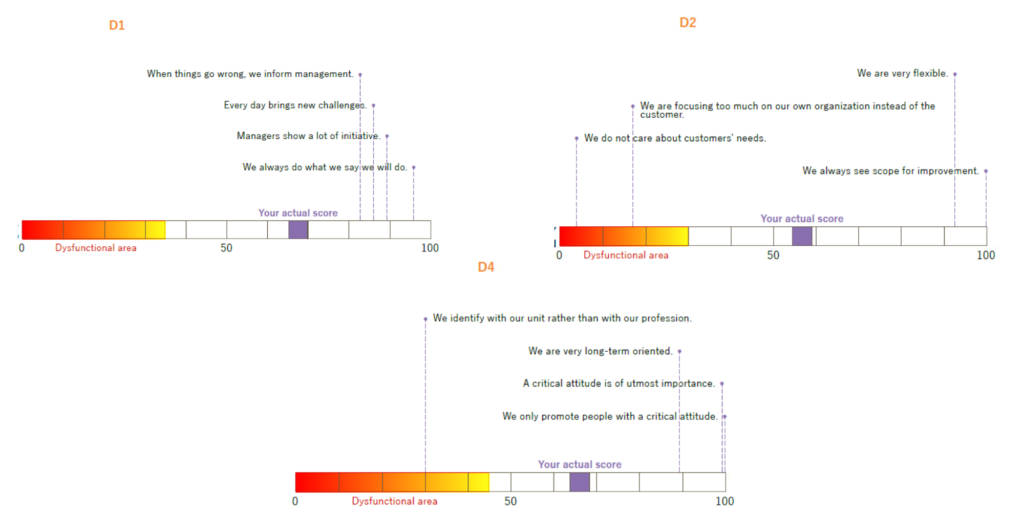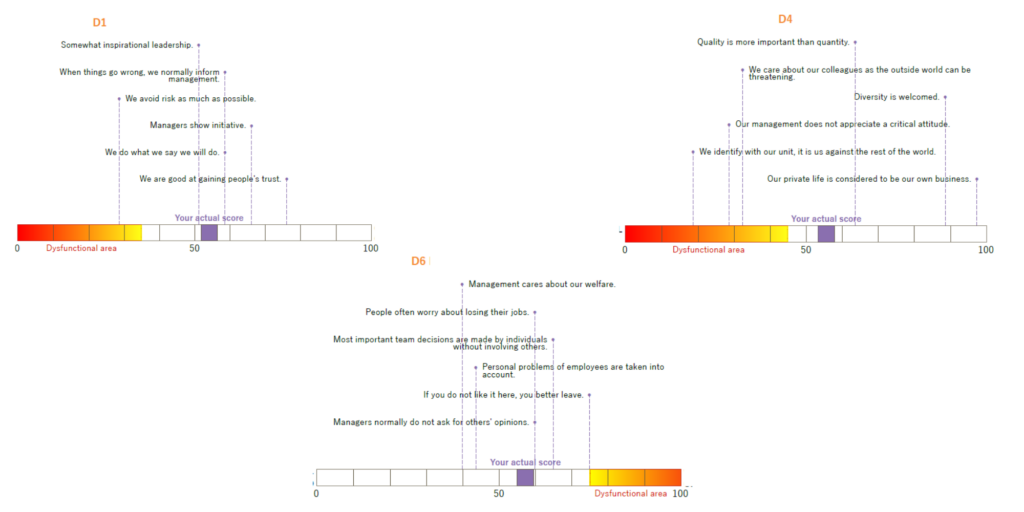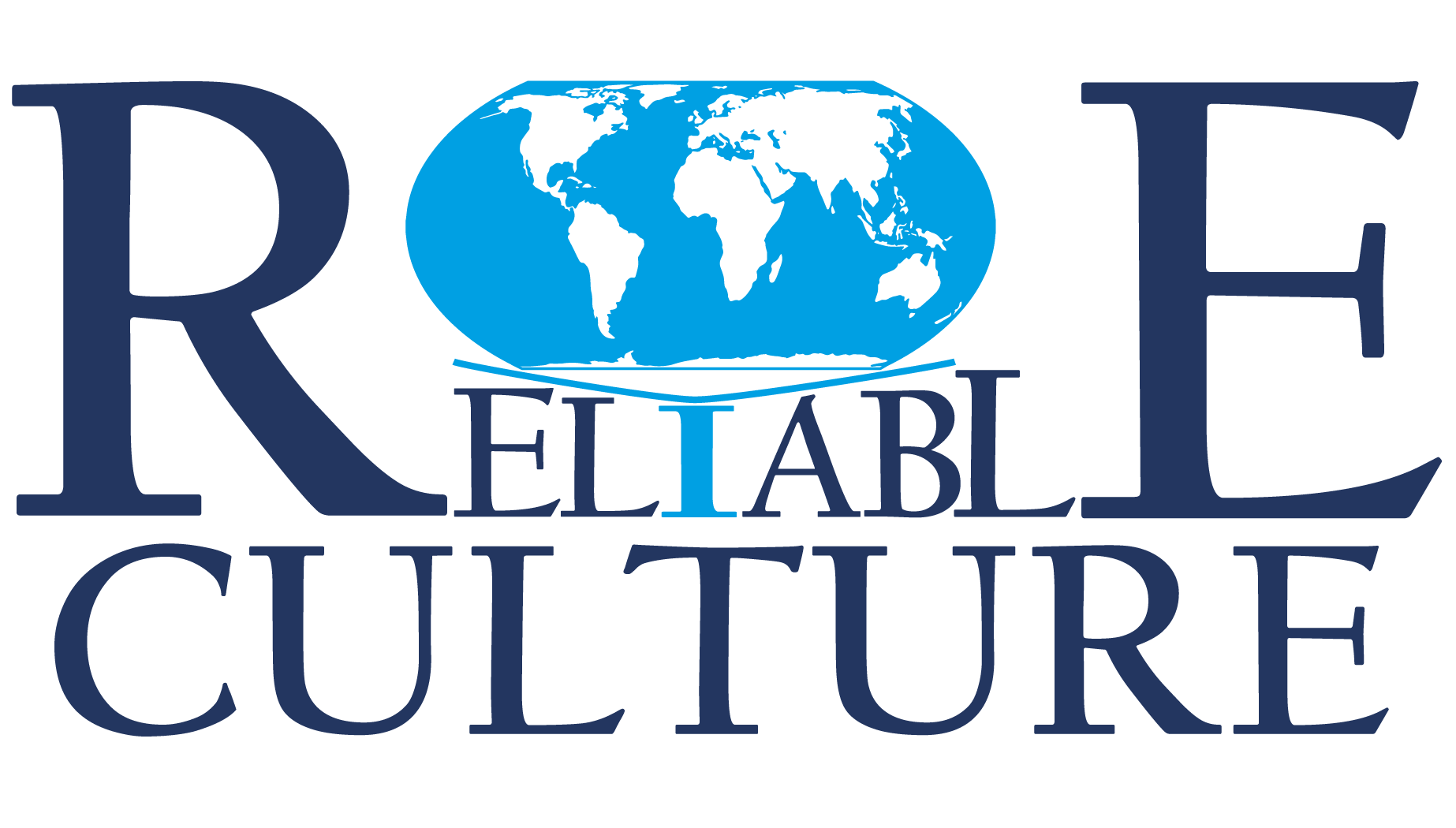A suitable metaphor I can think of is how do you mix a drop of oil into a pot of cold water?
In the same manner, if the work environment is “cold” in different ways, in general, it is harder to integrate new professionals in, and like in our example with the pot of water, imagine that you have to add that drop of oil remotely. Nevertheless, as we’ve seen in the last 9 months, nothing is impossible and sometimes, surprisingly, it doesn’t take a huge effort to fix what seemed a very challenging old problem, or even a new one like remote onboarding. Before jumping into some general advice and tips that usually have a high chance of turning into superficial reapplications, let’s take the professional approach.
(There will also be three real life cases from my practice presented at the end of the article.)
- You have to honestly ask yourself: How was your work-environment before the covid crisis, before being forced to move your professionals to work from home? – was it collaborative? or more competitive? – did you feel a certain degree of office politics? – was work structured in processes and procedures or it was centered around the professionals’ initiatives or around the clients’ requests? – was communication structured, engaging, and energizing, or it was happening more through the unofficial channels? there are other such aspects of the work environment that sometimes make the biggest difference in what solution makes the most sense to be applied in that particular case, but I’ll touch upon them in future articles.
Ideally, you tap into the yearly precise evaluation of your work environment, done with an appropriate instrument, in order to get unbiased answers to the questions above. Nevertheless, in case you don’t have that yet, it is never too late to do it, and every dysfunctional work environment can be transformed into a very functional and energizing one, regardless of the external and internal current constraints.
2. The 2nd thing you need to do before jumping in adjusting your remote onboarding process is to identify what is the reason for the need to onboard (and recruit) new professionals, and ideally, the answer to this assessment is the company being in expansion. If the answer is different than this, maybe onboarding shouldn’t be your top priority, and systematically fixing the root cause would save you more energy and cost, while the process where the issue only surfaces will get fixed on its own.
Assuming that the Organizational Culture was functional before the crisis, and assuming that the leaders were wise enough during the first three months of the crisis to intuitively adjust the way people work to fit the new reality, and that the new reality provided new opportunities for the company to expand, hence the organization’s need to onboard new professionals, assuming all of that, the following can be done to improve the remote onboarding experience:
- Assign coaches for the new hires among the professionals that are not very overloaded, as they should have resources to train and delegate; don’t give the task of being a coach to “fire fighting” professionals or to the very technical ones that don’t master the basics in human relations, for obvious reasons. Reward being such a coach, and take care of the other collateral aspects of this process, including the local cultural norms.
- Have a policy that webcams must be on during any type of meeting (including for the remote onboarding coaching sessions). The fact that the camera is off can tell you many things, including that there might be a lack of trust, office politics, apathy, disengagement, or simply not wanting to be in that meeting for various reasons. If the systematic use of webcams doesn’t happen yet, fix this before trying to fix the onboarding process.
- In a balanced and concise manner check the psychological wellbeing of the new employee throughout their first 3 to 6 months. This is easier said than done, as some leaders don’t find this important regardless if they work in the office or remotely. Another thing is that some organizational cultures require that you recruit only very resilient professionals that don’t need a lot of psychological support, so if the recruitment process is not aligned to that type of culture, the remote onboarding process is just the collateral victim. (This is an exception and does not apply to the majority of the organizations, but we need to know about this option as well.)
- Of course, depending on the industry, local culture, and goals of the organization, many other things can be added to improve the onboarding experience.
If you want to stay updated regarding such articles, Subscribe below to our Newsletter!
Coming closer to reality, where a decent number of organizations have a variety of dysfunctionalities, let’s also visit some of these cases and the possible impact of moving the work to be done from home.
- If the work environment had some office politics before the crisis, there are high chances that now the managers have become even stronger micromanagers, and the employees are focusing their thinking process on how to pretend that they are busy for the company while staying at home. The new hires might complain that they don’t get what they need and that they are being continuously sent from one person to the other wasting their time.
- If the work environment was more competitive than collaborative, the new employees will receive lots of requests, with little support, and it will be up to their personality to grab from wherever possible the resources they need. In these situations, usually, the very considerate and “good-hearted” employees pay the highest price because they didn’t learn an acceptable way (for them) to say “No” both to their manager and to the requester. These employees might stay with the company against their psychological wellbeing, becoming more and more overwhelmed and ultimately becoming passive-aggressive and involuntarily transmitting this state of mind to the new professionals that are being remotely onboarded. If their direct managers can not “read” this, the organization enters a negative cycle where everybody loses in the long run.
- If in the work environment before the crisis a state of slight disorder was felt, there are chances that by now that is felt like chaos, and the professionals that could afford to leave the company have already done so in the first three months, while the others are dreaming of doing so, while working as little as their capacity to dodge micromanagement is allowing them to.
Let’s take now three of my practical cases from real life, to emphasize how diagnosing correctly the work environment will put light on what needs to be corrected first.
Case No 1:
Part of the Organizational Diagnosis looked like this:

The top management’s focus was to drive efficiency and collaboration between departments.
Based on the diagnosis I could tell them that the level of micromanagement was unbearable, that they had reapplied a business strategy that didn’t suit them in their region, and that was causing very high attrition in one of their key departments. By adjusting their strategy to fit their environment, they released the unnecessary tensions between the departments, empowered their different functions to start supporting each other, stabilized the attrition, while the onboarding process didn’t need to be adjusted. The most effort was put into the shift to move away from micromanagement (under guided coaching).
Case No2:
Part of the Organizational Diagnosis looked like this:

In this 2nd case the focus of the top management was to drive efficiency.
The diagnosis showed me that because of their monopolistic position, the way the top management has communicated their desire to drive efficiency didn’t reach their people in a functional way. The professionals had already developed a way to superficially please the management avoiding putting in the extra effort that would actually improve their efficiency. The collateral silo thinking was unpleasant for the top management, but nevertheless, this was just a secondary negative development of their organizational dysfunctionality.
Case No3:
Part of the Organizational Diagnosis looked like this:

The perception of the top management, in this case, was that they needed to improve fast the skills of their professionals, either by investing a lot in internal training or in better recruitment, without having the budget to increase the salaries.
The diagnosis showed me that the communication between the management and the employees was broken, the leader has lost the support of their people, which further triggered the leader to be even harsher, so the attrition was very high, while the onboarding was failing for obvious reasons. The majority of the newly hired were not staying with the company for more than 6 months. After deeper investigation, it turned out that the root cause of this negative spiral was not understanding the local culture and what was important for the professionals locally.
These three cases have the purpose to show that every organization might develop slightly different dysfunctionalities, although nothing extraordinary, or nothing outside of our reach to solve it. The crucial thing is to understand exactly what you have in your organization so that further you can apply the correct solution, most of the time with minimal energy and cost investment but with a huge ROI. Another aspect that is good to understand is the fact that general advice works only very seldom, and not everybody has the time and resources to try solving everything.
A good question would be: is it worth not knowing exactly which “slight dysfunctionality” your organization has? An Organizational Diagnosis done with our researched and validated instrument is fast and very cost-efficient so that trying out something new doesn’t seem so risky in these more challenging times.

0 Comments